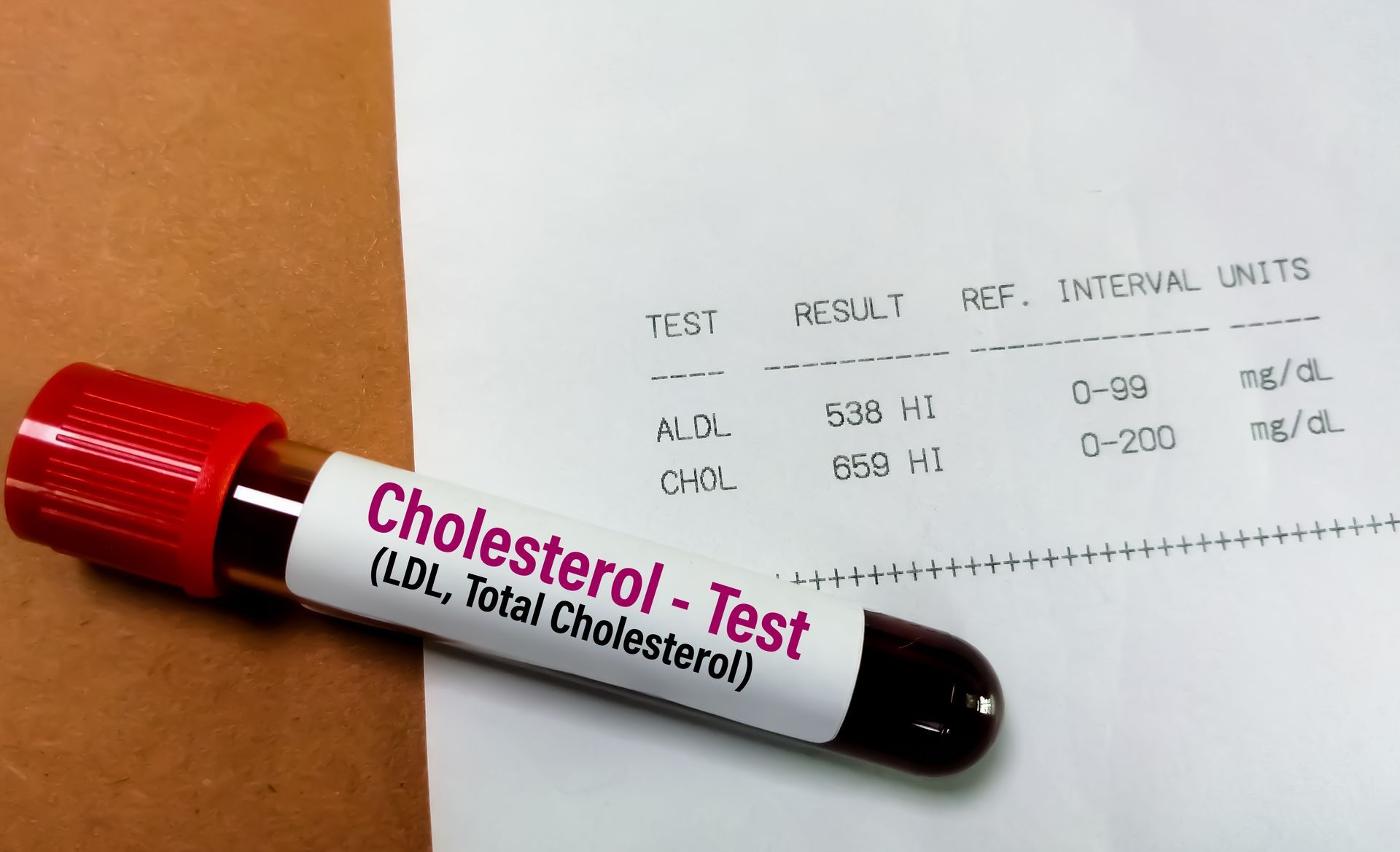Our Location
Elige tu idioma:
Is Your Wrist Pain a Sign of Carpal Tunnel Syndrome?

Carpal tunnel syndrome (CTS) is identifiable by tingling, immobility, and weakness in the hand due to median nerve compression as it travels through the carpal tunnel—a narrow passageway in the wrist.
Various factors, including repetitive hand movements, prolonged use of vibrating tools, pregnancy, certain health conditions like diabetes and arthritis, and anatomical factors such as wrist anatomy, can cause this syndrome.
Seniors with weaker bones, muscles, and tendons are more susceptible to developing carpal tunnel syndrome.
This condition affects daily tasks like writing, typing, using utensils, and gripping objects. It can also affect sleep quality, leading to fatigue and daytime sleepiness. Untreated CTS can worsen over time, making it difficult to perform daily activities.
Therefore, it's necessary to learn everything we can about carpal tunnel syndrome. Let's examine the information needed to detect CTS and alleviate symptoms.
Carpal Tunnel Syndrome Symptoms
| Numbness and Tingling | One of the hallmark symptoms of CTS is a tingling and numbing sensation, particularly in the thumb, index, middle, and ring fingers. This sensation may occur intermittently or persistently, especially when gripping things or flexing the wrist. Geriatricians, such as those from the Ocana Medical Center, can adequately diagnose if this symptom is a sign of CTS or another ailment. |
| Weakness and Clumsiness | As CTS progresses, people may experience weakness in their hands, making it difficult to use their fingers when buttoning a shirt or grasping small objects. This weakness may also manifest as clumsiness or a tendency to drop things. |
| Pain and Discomfort | People with CTS report pain and discomfort in the wrist, hand, and forearm. Carpal tunnel pain may worsen at night or during activities that aggravate the condition, such as using a computer mouse and typing for extended periods. Consult your doctor to learn more about joint pains to get the appropriate treatment options. |
| Difficulty with Fine Motor Skills | CTS can impair a person's ability to perform precise finger movements, such as typing, writing, or playing a musical instrument. This difficulty with fine motor skills can significantly impact daily activities and productivity. |
Complications of Carpal Tunnel Syndrome
If the underlying causes of CTS aren’t addressed or treated, it may lead to various complications. Some of the potential complications include:
Chronic Pain: CTS often causes persistent pain and discomfort in the wrist, hand, and fingers. If not managed appropriately, this pain can become chronic and impact daily activities and quality of life significantly.
Weakness and Muscle Atrophy: Over time, the compression of the median nerve may lead to weakness in the affected hand and fingers. This weakness may make it difficult to grip objects or perform delicate motor tasks. In severe cases,
muscle atrophy (shrinkage) may occur.
Nerve Damage: Prolonged median nerve compression can result in nerve damage. In severe cases, permanent nerve damage may occur.
Functional Impairment: CTS can impair hand function, making it difficult to perform activities such as typing, writing, gripping objects, and performing manual tasks. This condition can impact work performance and overall productivity.
Sleep Disturbances: Many individuals with CTS experience symptoms such as pain, numbness, and tingling that worsen at night. These symptoms can
disrupt sleep patterns and lead to insomnia or poor sleep quality.
Reduced Quality of Life: The combination of pain, weakness, functional impairment, and sleep disturbances associated with CTS can significantly reduce overall quality of life. It may affect psychological well-being, social interactions, and overall satisfaction with life.
Complications of Surgery: When conservative treatments are ineffective, and surgery is required to relieve pressure on the median nerve, complications can be associated with the procedure. These may include infection, nerve damage, scar tissue formation, and prolonged recovery.
Diagnosis and Treatment Options
Diagnosis
If you suspect you have CTS, seeking evaluation from a healthcare professional is vital. Diagnosis typically involves a physical examination, during which the doctor may perform specific tests to assess nerve function, such as the Tinel's sign or Phalen's maneuver. Imaging tests like ultrasound or nerve conduction studies are ideal to confirm the diagnosis.
Carpal Tunnel Treatment Options
Treatment for CTS differs based on the severity of symptoms and may include:
| Rest and Immobilization | In mild cases, resting the affected hand and wearing a splint to immobilize the wrist may ease symptoms and allow the median nerve to heal. |
| Medications | Nonsteroidal anti-inflammatory drugs (NSAIDs) may help reduce pain and inflammation associated with CTS. Some doctors may recommend corticosteroid injections into the carpal tunnel to temporarily relieve symptoms. |
| Physical Therapy | Physical therapy exercises can help improve wrist strength and flexibility and reduce pressure on the median nerve. Therapists may also educate patients on ergonomic techniques to lessen strain on the wrists during daily activities and provide long-term carpal tunnel relief. |
| Surgery | For severe or refractory cases of CTS, surgical intervention may be necessary to ease pressure on the median nerve. The procedure involves cutting the ligament that forms the roof of the carpal tunnel, creating more space for the nerve. |
Preventing Carpal Tunnel Syndrome
While not all cases of CTS are preventable, there are safe and effective techniques to reduce your risk:
Maintain Good Posture
To lessen the strain on the median nerve, maintain proper wrist alignment while typing, using a computer mouse, or performing other repetitive tasks. Ensure that your wrists and hands are in line with your forearms.
Take Frequent Breaks
Take regular breaks from activities that require continuous hand movements, such as typing or using handheld tools. Use these breaks to stretch and rest your hands and wrists.
Use Ergonomic Tools
Invest in ergonomic keyboards, mice, and other tools to lessen wrist and hand strain during extended computer use. Ensure your workspace is ergonomically optimized with proper chair height, desk alignment, and wrist support to reduce wrist strain.
Strengthen and Stretch
To improve wrist stability and flexibility, incorporate exercises to strengthen and stretch the wrist and forearm muscles into your regular fitness routine. One of the best examples of these exercises is finger bends. Here's how:
- Hold your hand straight up with the palm facing away from you.
- Gently bend the middle joints of your fingers until your fingertips touch the upper part of your palm. Hold this position for five seconds.
- Slowly straighten your fingers back into the starting position.
- Repeat this sequence ten times to complete one set. 6. Do three sets of this exercise.
Overcome Carpal Tunnel Syndrome With Our Expertise!
Carpal tunnel syndrome can significantly impact daily functioning and quality of life, but with early recognition and appropriate treatment, many individuals can find relief from their symptoms. If you're experiencing wrist pain, numbness, or weakness, don't ignore it—seek evaluation from a reliable healthcare professional.
Taking proactive steps to protect your wrist health and lessen risk factors can help prevent CTS and enjoy optimal hand function for years.
Find Relief from Carpal Tunnel Syndrome!
Ocana Medical Center is a renowned clinic treating seniors in Tampa, FL. Our team of experienced doctors, led by Dr. Ocana, provides a comprehensive physical examination to diagnose CTS accurately. We offer evidence-based treatment options to help you overcome CTS and improve your quality of life.
By
booking an appointment with us today, you're taking the first step toward improving your mobility! We're here to help you enjoy life to the fullest!
“Respect. Compassion. Quality. Integrity. These are the values on which Ocana Medical Center was built. Our aim isn’t just to treat you today. We hope to earn your trust and be your healthcare provider for life.”
©2023 Ocana Medical Group, Inc.
USEFUL LINKS
GET IN TOUCH
Call Us Today
Send us Email
Our Location
Ocana Medical Center | All Rights Reserved.











